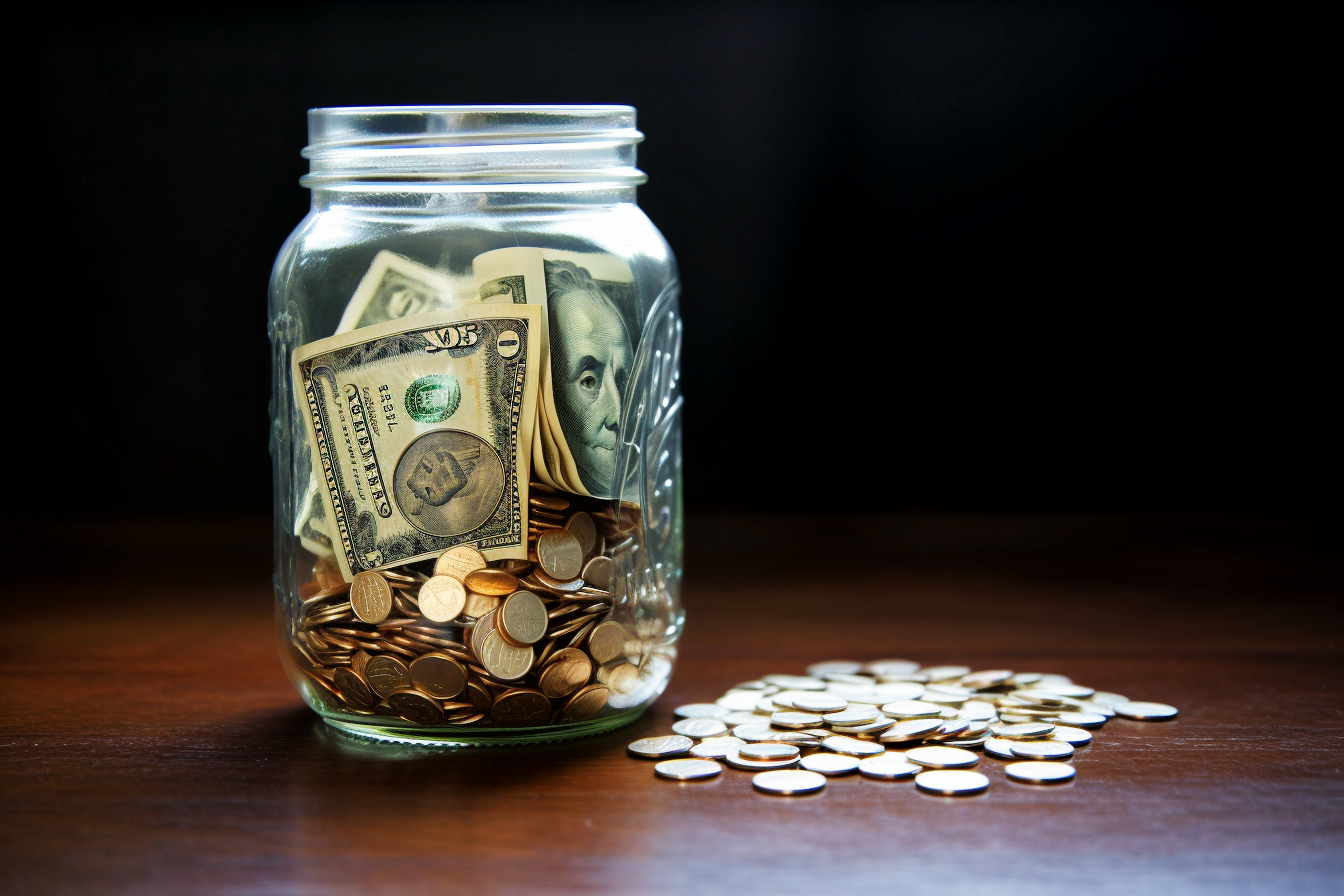Frugal living is all about spending less and saving more smartly without sacrificing quality of life. By developing simple, frugal habits, you can quickly see your savings grow exponentially. In this blog post, we will dive into five easy, frugal living habits you can adopt immediately to ramp up your savings rapidly. With some effort and discipline, these habits can truly be life-changing.
1. Meal Plan and Meal Prep
Planning and preparing several meals in advance is one of the fastest ways to reduce food expenses. Take an hour on Saturday to map out all your breakfasts, lunches, dinners, and snacks for the upcoming week. Make a grocery list based precisely on what you need for those meals. This prevents you from making impulse purchases at the store.
For example, you could have overnight oats with berries for breakfast each morning. For lunch, a veggie stir-fry over brown rice. And for dinner, chicken fajitas with veggies. Having a plan like this also makes grocery shopping quicker since you know exactly what to get.
Additionally, spend a couple of hours on the weekend prepping a few meals in bulk for the week ahead. Chili, soups, casseroles, and curries all freeze and reheat beautifully. Cooking in the majority saves you time during the week, which is money-saving. And packing your lunch rather than going out can save you $10-15 per day easily.
2. Cut Down on Subscriptions
Take some time to audit all of your monthly subscriptions and memberships. Be ruthlessly honest with yourself. Which ones are you using and getting value from? Gym memberships, cable packages, streaming services, subscription boxes…they all add up.
Cancel or put on hold any subscriptions you don’t use often. For cable, you likely only need two streaming services to replace it, such as Netflix and Hulu. Don’t keep paying for a year-round gym membership if you only go for three months out of the year. Instead, get a recurring 3-month membership when you know you’ll use it.
Depending on your subscription load, this intentionality can save you hundreds per year. Be selective about adding new subscriptions as well. Try out lower-cost monthly plans instead of annual ones if you want to switch services.
3. Create an Energy Efficient Household
There are many ways to create an energy-efficient home that will significantly save your utilities. Unplug devices like phone chargers and small appliances when not in use to avoid phantom energy drain. Switch out all light bulbs to efficient LEDs. Utilize power strips, especially “smart” ones that sense when devices are in standby mode.
Lower the temperature on your water heater to 120 degrees. Run full loads of laundry and dishes to maximize efficiency. Wash clothes in cold water and air dry when possible. Make sure your home is adequately insulated. Program your thermostat intelligently, lowering the temperature when away. These simple eco-friendly modifications can reduce energy bills by 25% or more.
4. Avoid Convenience Purchases
Convenience fees add up fast. Making coffee and snacks at home rather than stopping at cafes and shops can save a ton. Install gas apps to find the best local prices rather than filling up wherever is most convenient. Pack water and snacks when out and about. Even occasional small purchases like vending machine snacks and bottled drinks add up over time.
Plan to avoid needing to buy on the go. Always keep a bottle of water and a protein bar in your bag. Make a pot of coffee before heading out instead of hitting up Starbucks. Even occasionally, giving into convenience purchases drains your wallet over time. Avoiding that $5 daily cafe drink could save you $100 monthly.
5. Take Advantage of Freebies
There are endless free events, offerings, and items if you know where to look. Buy Nothing groups and Freecycle allows you to find everything from clothes to furniture being given away in your community. Utilize library offerings as much as possible, from books to movies to free classes and events.
Search Facebook for free local events like concerts, fairs, classes, etc., that you can enjoy without spending anything. Try a new hobby like hiking or cycling to get enjoyment and exercise without cost. Look online for sites offering free samples, free virtual events you can stream, or free museum days. Being open to free activities and items can reduce mindless spending and impulse purchases.
Case Study: Sarah’s Story
Sarah was struggling with debt and wanted to improve her finances. She implemented the five habits outlined in this article to cut her spending and ramp up savings. Sarah started planning inexpensive meals like egg sandwiches and pasta for breakfast and lunch. For dinner, she would cook a healthy batch meal like vegetable soup or chicken casserole on Sundays to have leftovers during the week. She also canceled her gym membership since she wasn’t using it and started walking daily instead.
Sarah began unplugging devices when not in use, lowering thermostat temperature, washing in cold water, and air drying clothes. She cut out daily trips to the cafe and started making coffee at home. She also used GasBuddy to find the cheapest gas stations close by. Finally, Sarah joined her local Buy Nothing group and utilized free library resources. Sarah saved over $300 per month in just two months using these easy, frugal living strategies. Over six months, she was able to pay off one of her credit cards altogether.
Conclusion
Developing frugal habits like meal planning, reducing subscriptions, saving energy, avoiding convenience fees, and utilizing freebies can lead to incredible savings. While frugal living takes time and effort, it quickly becomes second nature. If you want to improve your finances and ramp up savings rapidly, try implementing a few of these effective frugal living strategies. Consistently sticking to just 2-3 of these can easily result in hundreds of dollars of savings per month and potentially thousands per year. What habits will you start today on the path to financial freedom?
